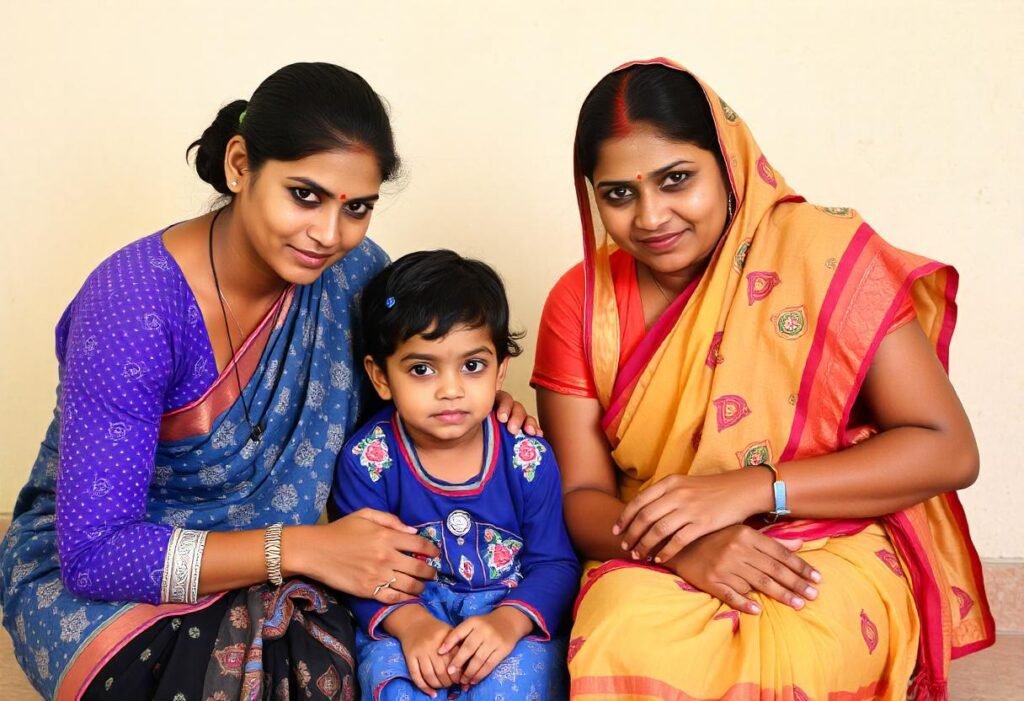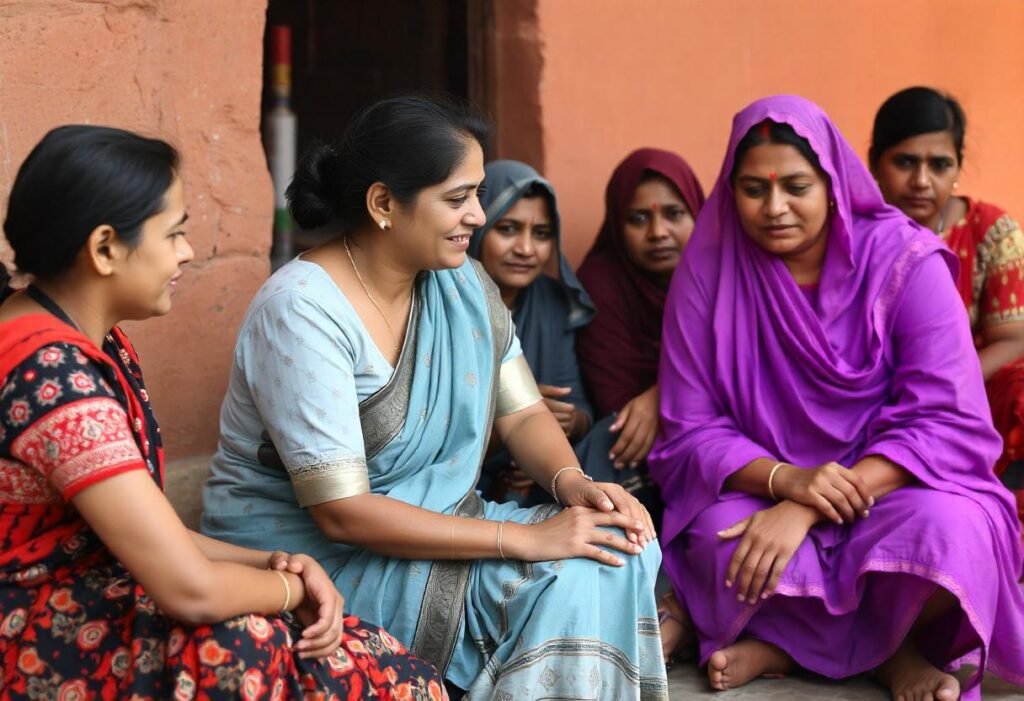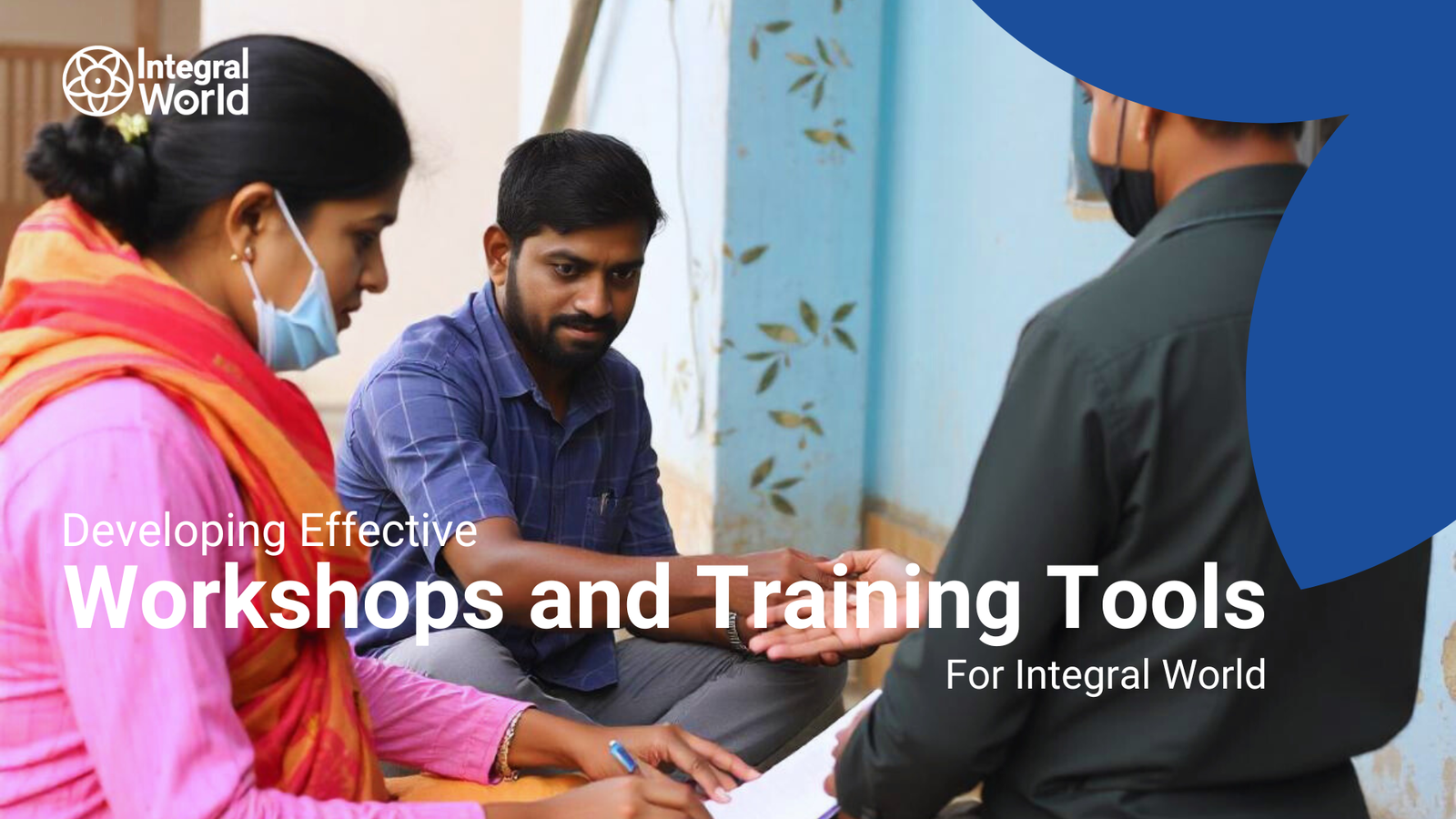When it comes to gauging the effectiveness or impacts of programs/interventions, the use of measurement tools cannot be underestimated in any way. Therefore, they help organizations like Integral World track progress, make informed decisions, and stay accountable to stakeholders for sustainable development.
This article provides step-by-step guidance on selecting and using measurement tools in development work with inputs from various case studies including expert quotes positioning Integral World as an authority on identifying solutions to development problems.
Imagine moving without a map or compass? In terms of development measurement tools serve as cardinal direction pointers that steer an organization towards its objectives.
They can provide measurements necessary for evaluating progress made so far, indicating areas where there still exist gaps or need for further action taking into consideration resource allocation requirements among others. To foster sustainable holistic development at Integral World these instruments are vital because they help in attaining this mission back home. This guide will walk you through the process of selecting and using measurement tools, offering practical insights and real-world examples to enable other organizations increase their impact.
Step-by-Step Guidance on Selecting Measurement Tools
Step 1: Define Your Objectives and Indicators
Objectives: These set a clear target for your development program. What goals are you working towards? Objectives should be Specific Measurable Achievable Relevant and Time bound (SMART).
Indicators: Key Performance Indicators (KPIs) help in gauging the progress towards achieving the objectives developed. They should be both numeric and informed by facts that relate to inputs, outputs, outcomes as well as impacts.
Expert Quote: “Defining clear objectives and indicators is the first critical step in any measurement process. They set the direction and provide a framework for meaningful evaluation.” Dr. Caroline Fiennes, an authority in impact assessment.
Step 2: Identify Appropriate Measurement Tools
Tool Selection: In line with your objectives and indicators, select measurement tools like questionnaires, interviews, focus groups, observation checklists, secondary data analysis.
Criteria for Selection
For instance when choosing measurement tools consider:
- Relevance: Ensure that the tool is suitable for specific context or objectives at hand.
- Validity – This will involve checking if indeed it measures correctly what it purports to measure;
- Reliability – Which means being able to have consistent results produced by this tool;
- Feasibility – Such as cost implication attached to its usage including time frame together with resource implications.
Example: Integral World chose a combination of household surveys and health clinic records to monitor health outcomes and service utilization for a community health initiative

Step 3: Develop a Measurement Plan
Measurement Plan: This is a detailed plan that lays out the measurement process step by step.
It includes:
- Data Collection Methods: How data will be collected (e.g., surveys, interviews, observations) should be specified.
- Data Collection Frequency: Frequency with which data will be collected (e.g., monthly, quarterly).
- Data Management: The way in which data will be recorded, stored and analyzed.
- Roles and Responsibilities: The duties of team members are divided among them.
Case Study:
Integral World developed a measurement plan for use in rural education programs which consisted of student bi-annual assessments, teacher feedback forms and community focus groups used to track educational outcome and identify areas needing improvements.
Step 4: Implement Data Collection
- Training: Staff and volunteers should be trained on how to collect data so as to maintain accuracy and consistency in their work.
- Pilot Testing: Prior to full implementation, conduct pilot tests done on the measures tools so that any adjustments can be made where necessary.
- Data Collection – Follow this plan. Make sure that the participants’ rights are respected while collecting data ethically.
Example: Through pilot phase of livelihood development project Integral world identified some issues with survey questions and corrected them such that there was reliable insightful information during full implementation.
Step 5: Analyze and Interpret Data
- Data Analysis – Use both statistical techniques and qualitative analysis methods when analyzing the gathered data. Look for patterns or trends or even correlations that may give insights into program effectiveness.
- Interpretation – Contextualize findings in relation to your objectives/indicators. What does the data tell you about how far you’ve gone or what impact has been made by your program? Identify successful areas as well as those requiring improvement or intervention.
Expert Quote—According to an expert in evaluation, Dr. Michael Quinn Patton, “Data analysis should go beyond just numbers. It is about interpreting the story behind the data to understand the real impact of your interventions.”
Step 6: Report Findings and Take Action
- Reporting -Prepare a concise report that clearly communicate your findings to stake holders including donors, beneficiaries, and team members. Hence, use visual aids like charts and graphs to improve understanding.
- Actionable Insights—Take informed decisions and modify the program accordingly based on the results. Share this with stakeholders while involving them in decision-making.
Case Study: Based on analysis of data from environmental conservation project Integral World concluded that additional community education was essential. New outreach materials as well as workshops were developed which greatly improved community engagement and conservation outcomes. Practical Strategies for Using Measurement Tools
- Combine Quantitative and Qualitative Methods Balanced Approach: Gain a holistic view of program impact using a mix of quantitative methods (e.g., surveys, statistical analysis) alongside qualitative approaches (e.g., interviews, focus groups). Example: To evaluate physical health outcomes related to nutrition and socio-cultural factors influencing nutrition Integral World’s child nutrition program used caregiver interviews supplemented with quantitative growth measurements.
- Leverage Technology Digital Tools: Make use of digital tools including mobile apps for collection of data; cloud based databases for purposes of storing and managing data as well as software for visualization purposes in enhancing efficiency during execution of tasks. Example: The custom mobile app used by Integral World in their mobile health initiative enables real-time data collection and monitoring with immediate response to health issues in remote areas.
EXPERT’S VIEW: Dr John Smith, an expert in development technology remarked, “Data collection and analysis can be revolutionized by technology with real time insights as well as improving the overall effectiveness of development programs.”
- Engage the Community: Community Involvement: Involve beneficiaries and community members in the measurement process. They have tremendous insights and feedback that help to understand the program’s true impact.
Participatory Methods: Implement participatory measurement methods where community members actively contribute to data collection and analysis.
Example: Integral World’s urban agriculture program includes local residents in monitoring crop growth and soil health, ensuring that the program addresses their needs and challenges.
Measurement tools that are effective can be seen in these real-world examples.
Example 1: Water and Sanitation Project
Integral World’s water and sanitation project aimed to improve access to clean water in rural communities. The measurement tools used included:
- Household Surveys: Collected data on water usage, access, and satisfaction levels.
- Water Quality Testing: Regular testing of water sources for contamination.
- Community Focus Groups: Gathered qualitative feedback on the impact of improved water access on daily life.
- Outcome: The project’s measurement tools showed significant improvement in quality and accessibility of water leading to better health outcomes and higher community satisfaction. Additionally, the study revealed areas where further investments need to be made into infrastructure.
Example 2: Women’s Empowerment Initiative
The women’s empowerment initiative focused on increasing economic opportunities for women through skills training and microfinance. Therefore, the measurement tools included:
Pre and Post-Training Assessments: Measured changes in skills and knowledge.
- Income Tracking: Monitored changes in income levels over time.
- In-Depth Interviews: Captured personal stories and experiences of program participants.
- Outcome: From this measure it was clear that there has been a notable rise in women’s competencies, earnings, self-esteem as well as social respect. This information aided us refine our modules for training or supportive services provided by us.”

Expert Insights on Measurement Tools
Dr. Jane Goodall, renowned for her work in community-centered conservation, emphasizes the importance of involving beneficiaries in the measurement process. “Community involvement in data collection ensures that the insights gained are grounded in the real experiences of those affected by the program.”
Dr. Amartya Sen, a Nobel laureate in economics, highlights the role of comprehensive measurement in development. “Effective measurement tools provide a holistic view of development, capturing both economic and social dimensions.”
Dr. Esther Duflo, Expert in development economics, advocates for the use of randomized controlled trials (RCTs) in evaluating program impact. “RCTs provide rigorous evidence on what works, allowing organizations to make evidence-based decisions.”
Conclusion
The process of selecting and using measurement tools is a dynamic one that involves ongoing learning, adaptation, and improvement. To us at Integral World, this journey demonstrates our commitment to transparency, accountability and sustainable development. The right measurement tools can be used as a guide for success or failure thus they help us understand the strong points and weaknesses of our programs.
Effective measurement is not just about collecting data; it’s about creating a culture of continuous learning and improvement. By delineating clear objectives coupled with indicators, we lay the basis for our measurement endeavors Selecting appropriate tools ensures that we gather relevant and reliable data. A good measurement plan will steer our direction through the exercise by informing how we gather analyze as well as report the data.
Community engagement is at the heart of our approach. When beneficiaries are included in measuring processes, more understanding is gained while they also have a sense of ownership for their own plight. The use of technology enhances our ability to collect and analyze data efficiently, providing real-time insights that inform our actions.
The real-world examples and expert quotes presented in this article underscore the importance of effective measurement in development work. We continue to refine our measurement practices but still insist on disseminating knowledge through various channels within the broader development community.
We therefore encourage other development practitioners, stakeholders and organizations to come on board in ensuring that we have the right measures for assessing this change. This approach enables us to make meaningful progress in improving lives and driving sustainable development in our communities.
For more insights and resources on measurement tools and development practices, follow Integral World on LinkedIn and visit our website. Together, we can create a world where every development initiative achieves its fullest potential.


2 Comments
GlobalBllog Nice post. I learn something totally new and challenging on websites
Hey! Do you know if they make any plugins to help with Search Engine Optimization? I’m trying to get my
website to rank for some targeted keywords but I’m not seeing
very good success. If you know of any please share.
Cheers! You can read similar blog here: Blankets
Comments are closed for this article!